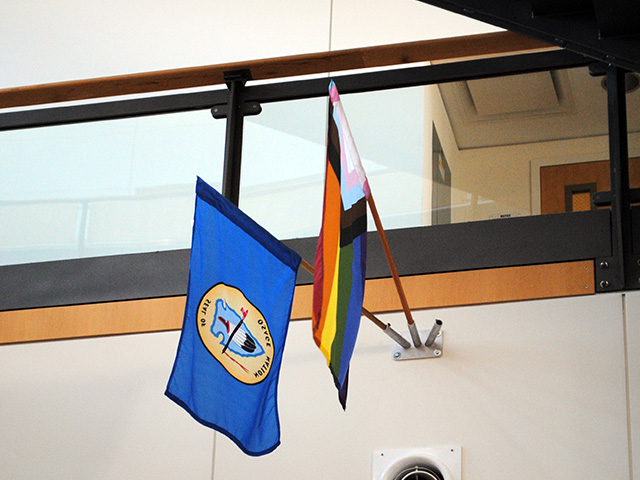Honoring the Osage People and their Ancestral Homeland
As an institute that is focused on preserving and renewing the environment through plant science, it is important for us to recognize and honor Indigenous people as the original stewards of the land and nature’s first defenders.
The Osage Nation were in Missouri long before St. Louis was established in 1764, occupying land across Missouri, Arkansas, Oklahoma, and Kansas. “The vibrant history of the Osage is that of a proud, spiritual people who have weathered hardship to emerge as a leading force in Native America,” states the Osage Nation Foundation. They were known for being “bold warriors, skilled hunters and farmers, and preservers of family life.”
Through the Treaty of 1808, the Osage Nation was forcibly removed from land in present-day Missouri and Arkansas. Over a period of 72 years, the Osage were forced to surrender nearly all of their homeland. “By the time they negotiated the treaty of 1865, to purchase land in Oklahoma, the Osages had reduced in population by 95%” (Osage Nation Foundation).

To raise awareness and honor the Osage Nation throughout the year, we have added an Osage Nation flag to our flag gallery, which celebrates the home countries of our community members. The Danforth Center has also added a Land Acknowledgment statement to our website.
In addition, plans are in progress to place a sign at the entrance of our reconstructed native Missouri prairie habitat to share information about the ancestral homeland of the Osage people and their forced displacement. The sign also seeks to celebrate and honor the Osage people of the past, present, and future.
There were many resources that helped formulate our land acknowledgement statement and accompanying blog. Thank you to the Osage Foundation, the Osage Nation website, the Native Governance Center, National Park Service at the Arch, and the Kathryn M. Buder Center for American Indian Studies at the Brown School at Washington University in St. Louis.